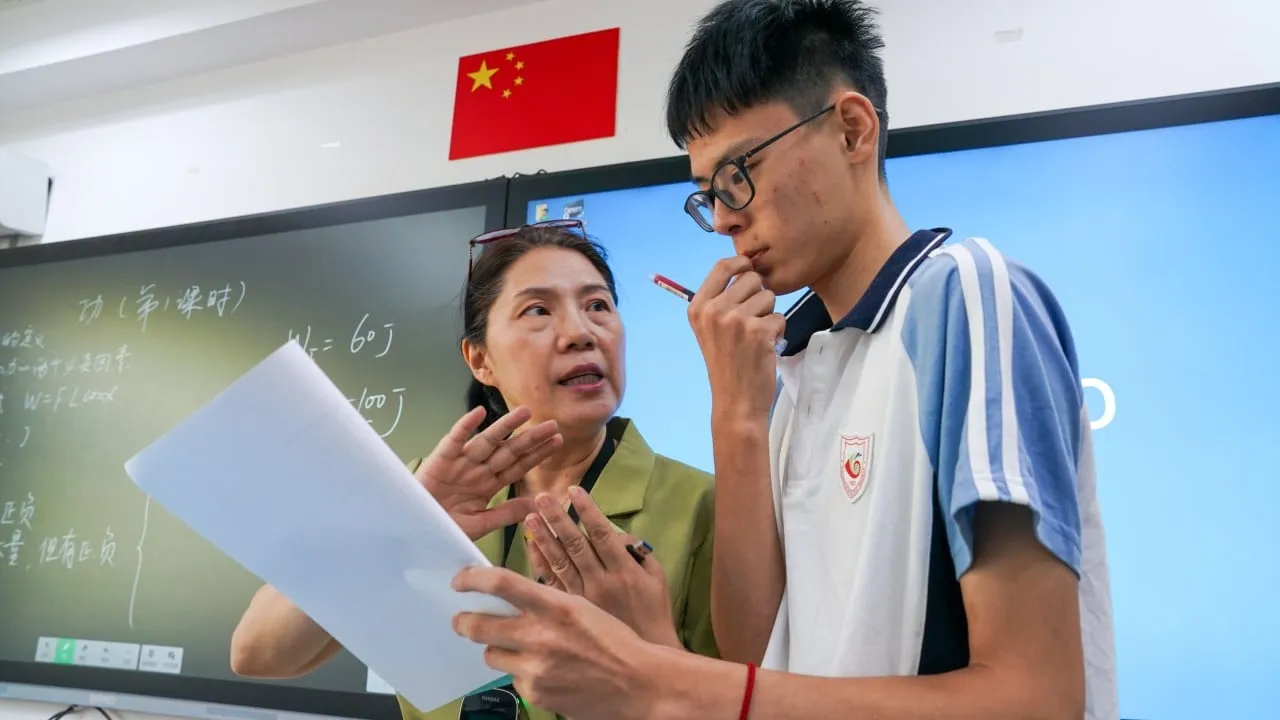Education Spending Holds Steady in China Despite Economic Struggles

Education Investment in Times of Economic Uncertainty
When Wendy Xiao learned of her nearly 20% pay cut, her immediate thoughts turned to cutting back on non-essential items. As a middle manager in a Guangzhou-based state-owned enterprise, she faced tight financial constraints. However, her educational expenses for her son remained sacrosanct. In fact, she spends nearly 100,000 yuan annually on education, reflecting a broader trend among Chinese middle-class families.
Survey Insights on Education Spending
A survey conducted by Guyu Education revealed that while 55.1% of affluent Chinese families cut back on expenditures last year, 75% maintained or even increased their education investments. Representing a broad sample of middle-class families, the survey highlights a commitment to education that supersedes other financial considerations.
- 66.7% of respondents were from major cities like Shanghai and Beijing.
- 54.6% of households spent over 100,000 yuan on education in the last academic year.
- Only 9% reported a decrease in their education expenditures.
Parenting Choices and Economic Patterns
The survey also indicated that many families are opting to reduce big-ticket items and daily expenses. However, educational spending remains untouched. Xia Jing, the founder of Guyu Education, noted that this tenacity in education spending reflects a deep-seated belief in its long-term value, especially as parents seek better opportunities for their children.
A separate McKinsey report on consumer trends in China further supports this sentiment, indicating a growing willingness among families to engage in tutoring and extracurricular activities, leading to an expanding market for high-quality educational services.
This article was prepared using information from open sources in accordance with the principles of Ethical Policy. The editorial team is not responsible for absolute accuracy, as it relies on data from the sources referenced.